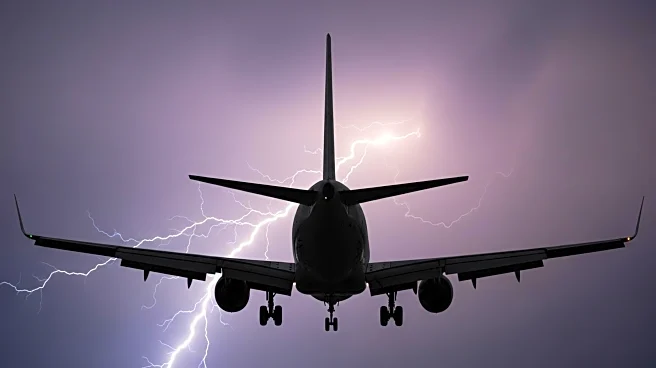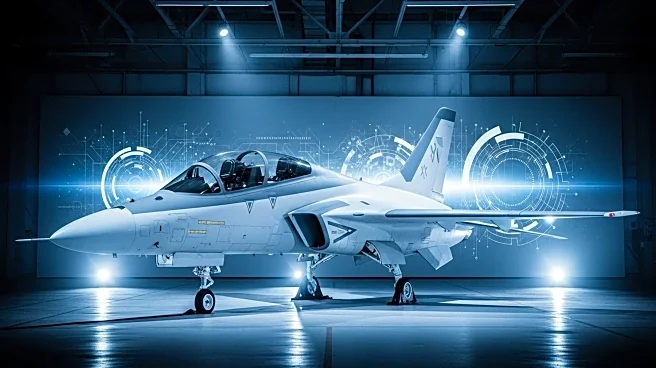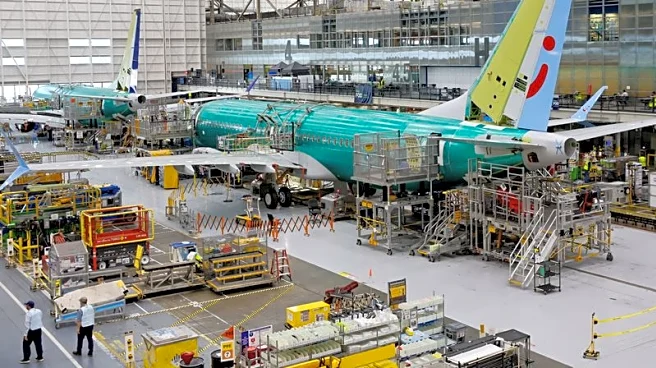What's Happening?
A United Airlines Boeing 787 was struck by lightning shortly after departing from London's Heathrow Airport, leading to an emergency return. The strike caused multiple failures, including the blanking of three primary flight displays and inoperative windshield heat. The crew managed to safely return to Heathrow despite the challenges posed by the malfunctioning equipment.
Why It's Important?
This incident highlights the risks associated with lightning strikes on aircraft, emphasizing the need for robust safety protocols and equipment resilience. The event underscores the importance of pilot training in handling unexpected malfunctions and the role of technology in ensuring passenger safety. It also raises questions about the adequacy of current aviation safety standards in addressing such occurrences.
What's Next?
The National Transportation Safety Board (NTSB) is likely to review the incident to assess the effectiveness of existing safety measures and provide recommendations for improvements. Airlines may consider revising training programs to better prepare pilots for similar situations. The aviation industry might also explore advancements in aircraft design to mitigate the impact of lightning strikes.
Beyond the Headlines
The incident serves as a reminder of the unpredictable nature of weather-related challenges in aviation. It may prompt discussions on enhancing weather forecasting and monitoring systems to better anticipate and avoid such risks.













